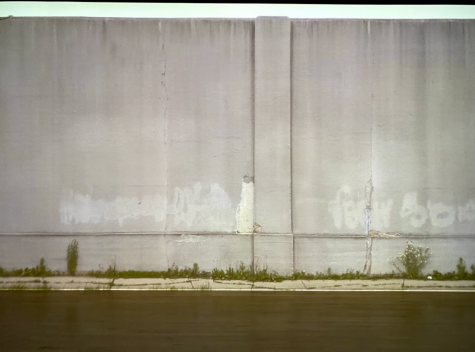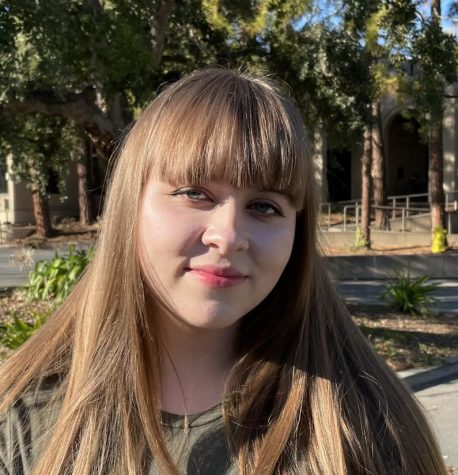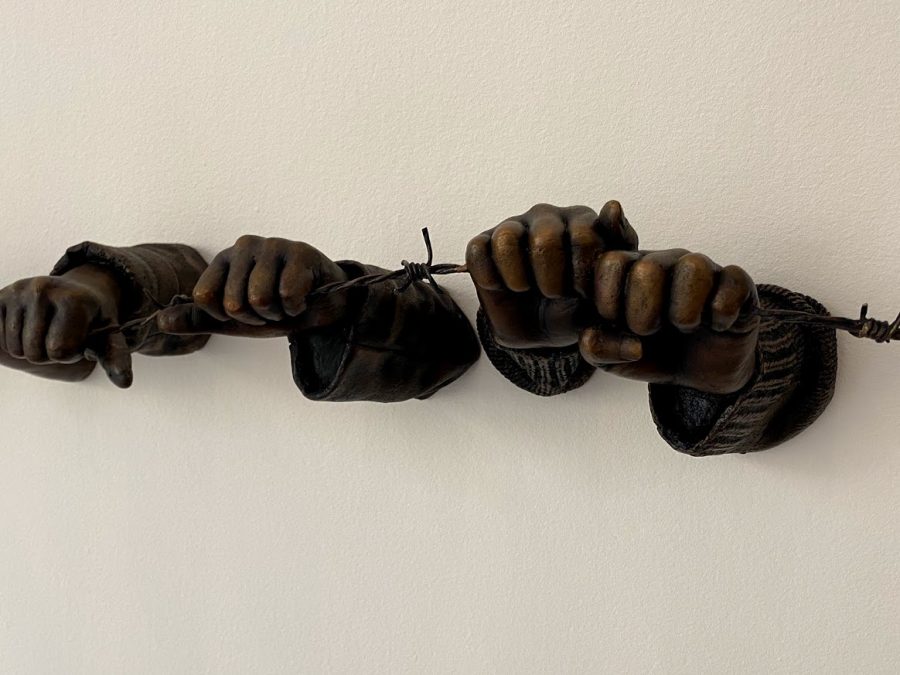“Barring Freedom” and the problem of policing and mass incarceration
San Jose Museum of Art explored injustice and police brutality through the works of 20 U.S. artists in the “Barring Freedom” exhibit from October 2020 to April 2021.
The pieces explored both the magnitude of U.S. incarceration in the United States and the pain of individual prisoners. It was sobering and heart-wrenching.
The exhibit begins with the sculpture “If the Leader Only Knew” by Hank Willis Thomas, which depicts hands gripping barbed wire.
Since “If the Leader Only Knew” is sourced from prisoners in a Nazi concentration camp, the artwork underscores how the current U.S. policing and imprisonment fits into the broader history of racist detention.
Other works included a brick wall, letters written inside prison, a quilt made from prison uniforms, and an image series by a prison photographer.
Maria Gaspar’s film “On the Border of What is Formless and Monstrous” combined audio from the Cook County Jail in Chicago with a slow video pan of the jail wall. The nearly 15-minute long piece sent chills down your spine.

“The carceral state is everywhere,” Gaspar added in the museum description of the piece.
It broke my heart to see racist policing and the desolate conditions of imprisonment brutalizing communities of color.
Walking through the exhibit, I got goosebumps and teared up.
Each work was intimate and demonstrated not only what was wrong with America’s prison industrial complex, but how it devastates individuals who get trapped in it.

Maida is the Impulse and Opinions editor. She is excited to develop her journalistic skills while helping others.



